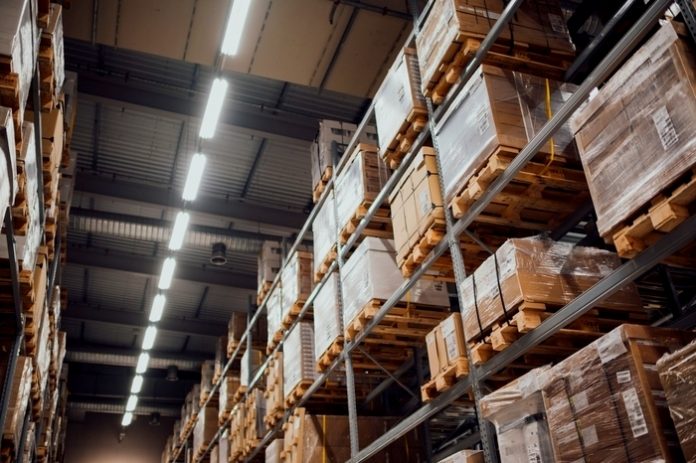Colliers International’s supply chain specialist, Chris Evans takes stock of the current situation in ports across the UK and considers what’s next for supply chain logistics in 2021:
Shipping lines are still full, prices from the Far East to Europe remain very high, and container shortages at the key origin points are still critical. The port congestion hangover from 2020 will gradually diminish, however the empty global container problem will be with us for a long time yet. This will also keep freight rates at record high levels although it should be borne in mind that deep-sea shipping costs are usually the most cost effective when compared with other modes of transport.
Why is there a worldwide shortage of shipping containers?
Early last year, many of the shipping lines sold off much of their old and surplus container stock to generate some revenue when ships were not moving due to the initial impact of COVID-19. As initial reports of the virus were confirmed in Wuhan, there was immediate congestion at Chinese ports as panic took hold, and by March 2020 the virus had well and truly spread. When China got back to work in April, there was a domestic consumer-led recovery in China. The phrase coined was “buyers revenge” which had a number of knock on effects on ports and shipping lines, with initial port congestion leading to price increases in intra-Asia freight rates.
When retailers in Europe saw the impact of the consumer demand for e-commerce in their various domestic markets, and how they could avoid using bricks & mortar premises, replenishment orders rose to record levels. This was before we even factored in any Brexit impact.
So what will change in 2021?
We will continue to see an increase in unaccompanied trailer freight on short sea ferry crossings, this will ease some of the pressure on the Dover/Calais sector, which was a big concern around Brexit last year. Although the queues of full HGVs in the Pas de Calais area were much worse than in the UK. The queues in Kent were largely returning empty containers before Christmas – there was never any danger of the UK running out of food!
The limiting factors will be equipment, in both ferries and trailers and driver availability. We should also not forget about berth space and parking areas, plus HM Customs and Port Health. The state sector in all countries is always capable of causing delay and muddle, because you always have to make an export or import declaration. This was generally done electronically prior to Brexit.
There will be a demand for a much better performance on chilled food storage. Many retailers will have seen an increase in chilled food spoiling or wastage (reaching up to 30% for many), which will lead to a greater demand for chilled facilities in warehouses. This will result in a new greater requirement for automated warehouse equipment plus greater transparency/visibility in the supply chain, right down to home delivery. In line with this, last mile home delivery services will start looking for better located facilities with rapid charging of their EV fleet, this is most likely to start revealing itself in late 2021 and 2022.
Finally, warehouse demand in all sectors will continue alongside the need for greater systems automation and power supply, plus labour availability in the various locations.



















